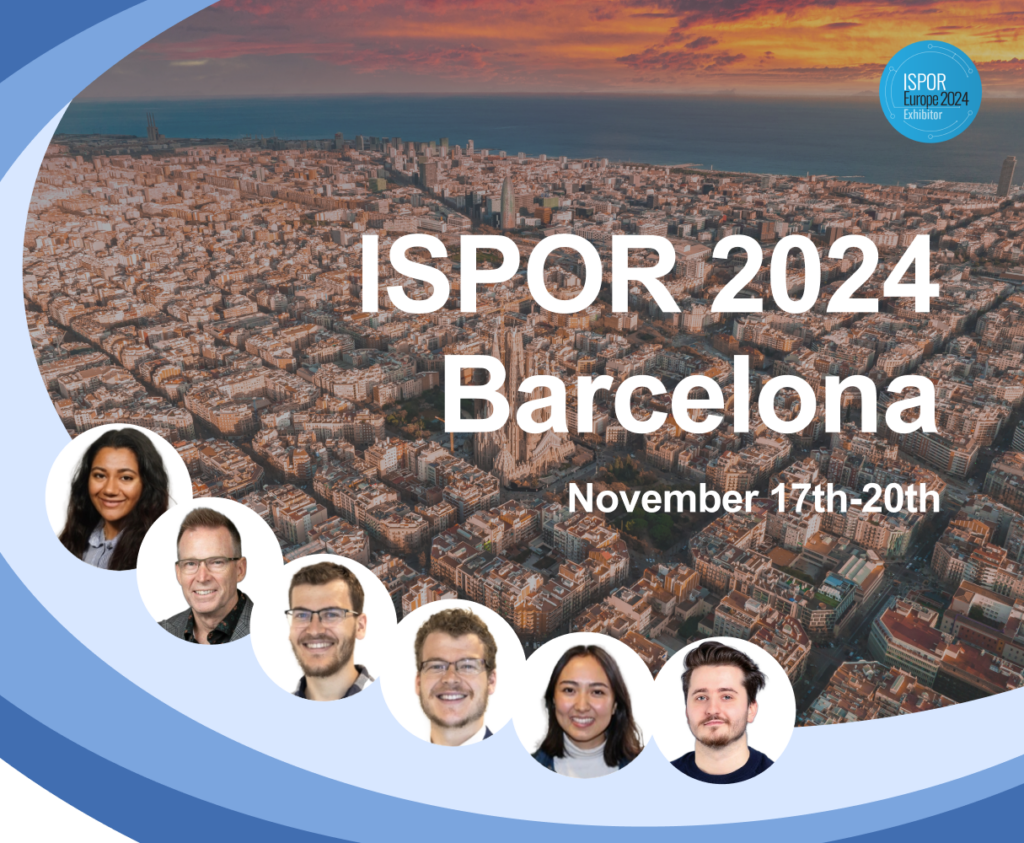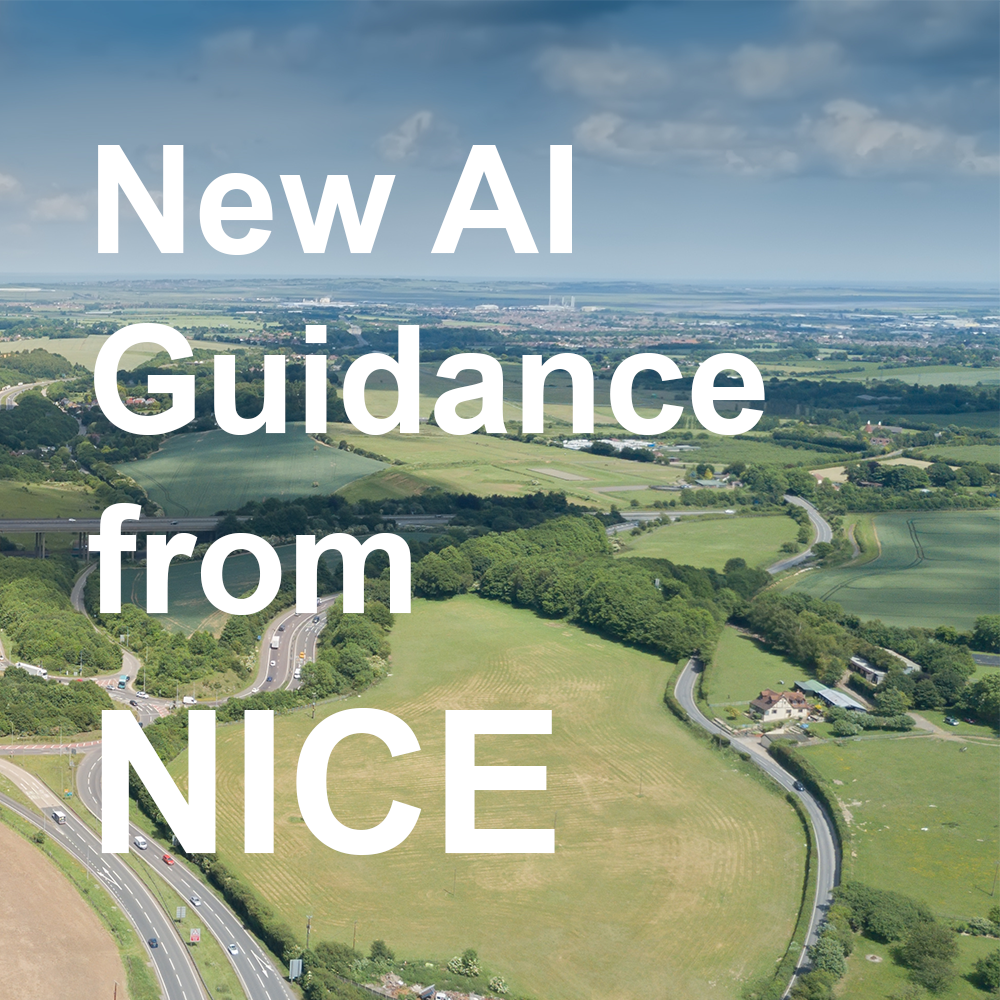Bridging Borders: Enhancing Health Technology Assessment (HTAs) Across Geographies

Introduction Health Technology Assessment (HTA) has long been a foundational process in global healthcare systems, serving to evaluate the clinical and economic value of medical interventions and guide coverage, reimbursement, and policy decisions. While HTA is practiced globally, the frameworks and standards vary significantly by region—often requiring manufacturers and market access teams to navigate a […]
Curestack and Nested Knowledge Announce Strategic Partnership to Power End-to-End Evidence Generation from Real-World Data to Regulatory Submission

Curestack, a leader in real-world data (RWD) infrastructure and AI-powered clinical data platforms, and Nested Knowledge, the premier software platform for living systematic literature reviews and automated evidence synthesis, today announced a strategic partnership to address the growing evidence demands of health technology assessment (HTA), including Joint Clinical Assessment (JCA) requirements in the European Union and the Inflation Reduction Act (IRA) in the United States.
What You Might Have Missed at ISPOR 2025

Ahead of ISPOR 2025, Nested Knowledge took a major step forward in ensuring our mission of making evidence smarter, more accessible, and more transparent with three strategic partnerships with some of the most forward-thinking organizations in the industry. Curta With a variety of expertise in Health Policy, Market Access, Medical Affairs, and Commercial Strategy, Curta […]
Join Nested Knowledge at ISPOR EU 2024: AI-Powered Solutions for the HTAR Era

As we approach ISPOR Europe 2024 in Barcelona on November 17th, we stand at a fascinating intersection of regulatory evolution and technological innovation. This conference comes at a crucial time, just months before the implementation of the EU Health Technology Assessment Regulation (HTAR) – a transformative change in how health technologies are evaluated across the European Union. While policy makers have spent the past three years laying the groundwork for the coming harmonization of health technology assessment, we at Nested Knowledge have also been hard at work developing tools to help our users meet a number of the associated challenges head-on.
Empowering Stroke Research: Dr. Yasmin Aziz’s Journey with Nested Knowledge

In the ever-evolving field of stroke research, new questions about different therapies, trial outcomes, and even metrics of procedural success are constantly emerging, meaning that systematic reviews are needed on a consistent basis to extract all information needed to inform both patient care and future research. In these projects, because of the major decisions that may result from the findings and because of how busy stroke physicians are, the efficiency and accuracy are paramount.
Recently, we sat down for a conversation with Dr. Yasmin Aziz, a practicing neurologist and Assistant Professor in the Neurology and Rehabilitation Medicine Department at the University of Cincinnati (UC) Gardner Neuroscience Institute.
NICE Guidelines for AI Methods: The Nested Knowledge Approach

This article outlines how to achieve compliance with HEOR and SLR guidelines for employing AI:
AI Approach: First, we outline our development practices and approach to integrating AI into the human workflows for SLR and evidence synthesis, with a focus on human oversight, transparency, validation, and compliance with emerging industry standards.
NICE Compliance: In part two of this article, we’ll examine how our philosophy stacks up against the latest position statement from the National Institute for Health and Care Excellence (NICE), including AI-enabled practices that fall within specific guidance from this statement.
Introducing Core Smart Tags

Introducing Core Smart Tags If you are familiar with Tagging in Nested Knowledge, you know how integral the process of setting up a tagging hierarchy is to overall study design. If Tagging is new to you, check out this article and then come back to this one! In short, Tagging is the critical function for […]
JCA: How Nested Knowledge Helps

A blog about systematic literature reviews? Yep, you read that right. We started making software for conducting systematic reviews because we like doing systematic reviews. And we bet you do too. If you do, check out this featured post and come back often! We post all the time about best practices, new software features, and upcoming […]
AI for Screening: How is it used, and how can we tell how accurate it is?

A Simple Guide to Understanding AI Screening Models and Cross-Validation in Systematic Literature Reviews (SLRs) Introduction AI is increasingly used in systematic literature reviews (SLRs), and screening is one of its most readily AI-assisted steps. Understanding how to evaluate AI performance in this context is crucial for determining its appropriateness in your review. This guide […]
What Type Of Review Could You Write With Nested Knowledge? – A Guide On Review Types Within NK

Initially designed as a comprehensive tool for completing systematic literature reviews, Nested Knowledge has evolved into a versatile platform for conducting a diverse range of review types. See below for a summary of different review types available in Nested Knowledge, as well as example projects and a flowchart of key choices in study design. Systematic […]
